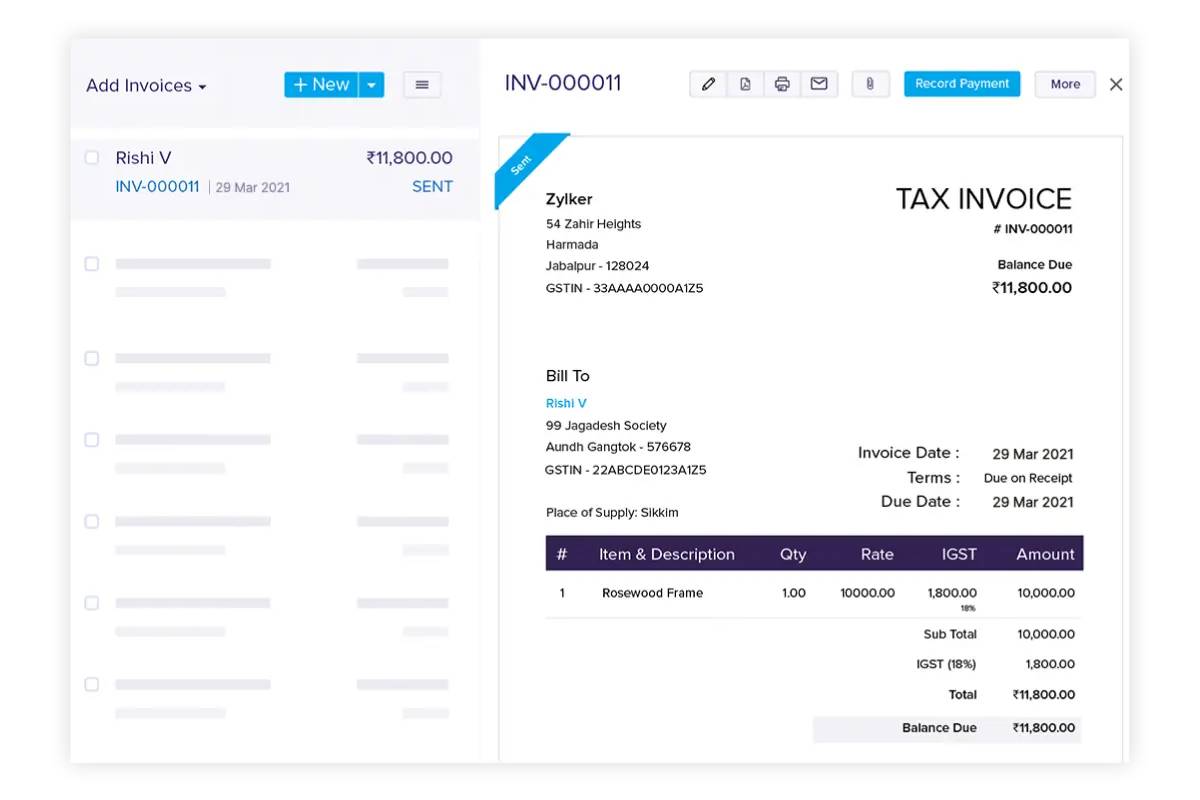
National Insurance Contributions Explained
If you’re self-employed, the phrase National Insurance Contributions (or NICs) has probably popped up on your tax return or accounting software more than once. And like many freelancers or sole traders, you might have nodded, pretended to understand, and carried on with your day. No shame in that — you’re not alone.
NICs can feel like a dull, bureaucratic part of running your business. But they’re more important than most realise. Not only do they fund essential public services, but they also play a crucial role in your own financial future, including things like the state pension, maternity allowance, and other entitlements.
This article cuts through the confusion to explain Class 2 NICs and Class 4 NICs in plain English. We’ll look at what they are, how much you pay, and — most importantly — why they matter. By the end, you’ll feel a whole lot more confident handling them on your own.
What Are National Insurance Contributions (NICs)?
The Basics of NICs
National Insurance Contributions are payments you make to HMRC that go toward certain benefits.
Including:
- State pension
- Employment and support allowance
- Maternity benefits
- Bereavement support
- NHS funding
If you’re an employee, these are automatically deducted from your salary through PAYE. But if you’re self-employed, it’s on you to pay the right amount via Self Assessment.
There are different classes of NICs depending on your work status. For freelancers and sole traders, Class 2 and Class 4 NICs are the ones that apply.
Class 2 NICs: The Essentials
What Are Class 2 NICs?
Class 2 NICs are a flat weekly contribution paid by self-employed individuals. It’s a basic contribution that helps you qualify for certain benefits, most notably the state pension.
Who Has to Pay Class 2 NICs?
You’ll need to pay Class 2 NICs if your profits are over the Small Profits Threshold. For the 2024/25 tax year, that threshold is:
- £6,725
If you earn less than that, you don’t have to pay, but you can choose to make voluntary contributions to protect your pension eligibility.
How Much Is It?
For the 2024/25 tax year, the rate is:
- £3.45 per week
That adds up to around £179.40 a year if you’re above the threshold.
Why Bother Paying It?
Paying Class 2 NICs gives you access to:
- Basic state pension
- New state pension
- Maternity allowance
- Bereavement benefits
If you opt out and don’t make voluntary contributions, you could risk gaps in your National Insurance record, and that could affect your pension entitlement later down the line.
Real-world example: Emma is a part-time freelance writer earning £7,200 in profit. Because she’s above the £6,725 threshold, she pays £3.45 per week. This small contribution ensures she continues building her pension without worrying about the future.
Class 4 NICs: The Bigger Bite
What Are Class 4 NICs?
Unlike Class 2 NICs, which are a flat rate, Class 4 NICs are calculated as a percentage of your annual profits. Think of them as the self-employed equivalent of employees’ National Insurance.
Who Has to Pay Class 4 NICs?
You’ll need to pay if your annual profits exceed £12,570. HMRC calculates this automatically when you submit your Self Assessment return.
How Much Are They?
For the 2024/25 tax year:
- 9% on profits between £12,570 and £50,270
- 2% on profits above £50,270
Quick Calculation: If your profits are £40,000: £27,430 (the amount over £12,570) × 9% = £2,468.70
These amounts can add up, which is why it’s vital to budget for NICs throughout the year, not just income tax.
Putting It All Together: A Practical Breakdown

Let’s take a deeper look at what this all means in practice.
Case Study: Tom the Freelance Web Developer
Tom’s annual income from clients is £60,000. After subtracting his business expenses, he’s left with £50,000 in profit.
Here’s how his NICs break down:
- Class 2 NICs: £3.45/week × 52 weeks = £179.40
- Class 4 NICs: £50,000 – £12,570 = £37,430 £37,430 × 9% = £3,368.70
Total NICs Paid = £179.40 + £3,368.70 = £3,548.10
Tom needs to set aside over £3.5k just for National Insurance. Without proper planning, that’s a hefty bill to face in January.
How and When Do You Pay NICs?
You don’t pay NICs separately from your income tax. Instead, they’re rolled into your Self-Assessment tax return.
Payment Timeline:
- File online by January 31
- Pay tax and NICs by January 31
- If applicable, make a second payment on account by July 31
NICs are calculated by HMRC based on the figures you submit, so accuracy matters. Keep clear records of income and allowable expenses throughout the year.
Voluntary NICs: Should You Top Up?
If you’re under the Small Profits Threshold but still want to maintain your contributions, you can choose to pay Class 2 NICs voluntarily.
Why would you?
- To protect your state pension
- To maintain eligibility for benefits like Maternity Allowance
- To avoid future National Insurance gaps
Before deciding, it’s worth checking your National Insurance record via your personal HMRC account.
Helpful tip: A gap of just one year can reduce your state pension entitlement. Voluntarily paying £179 a year might be worth far more in long-term retirement income.
Why NICs Matter: Beyond the Numbers
It’s easy to see NICs as just another bill. But they’re actually a key part of your safety net.
Benefits That NICs Support:
- State Pension: You need 10 qualifying years to get any state pension, and 35 years to receive the full amount.
- Maternity Allowance: Available to eligible self-employed individuals who’ve paid Class 2 NICs.
- Bereavement Support Payment: For partners of those who’ve contributed enough NICs.
- Sick Pay Alternatives: While you don’t get statutory sick pay as a freelancer, NICs help cover benefits you might need in case of long-term illness.
Mistakes to Avoid with NICs

1. Forgetting to Register
If you don’t register for Self Assessment by October 5 after the tax year ends, you risk fines and losing eligibility to pay Class 2 NICs.
2. Ignoring Voluntary Contributions
If your profits are low and you skip Class 2 NICs, you may harm your pension record without realising it.
3. Underestimating Your Class 4 Bill
Because Class 4 NICs are profit-based, they can creep up if you have a strong year. Always set aside enough.
4. Assuming You’re Exempt
Even part-time freelancers or side hustlers may need to pay NICs. If your profits — not turnover — pass the threshold, you’re liable.
Conclusion: Know Your Contributions, Secure Your Future

As a freelancer or sole trader, it’s tempting to focus on the here and now — landing clients, delivering work, getting paid. But your future deserves some attention, too.
Understanding your Class 2 and Class 4 NICs isn’t just about compliance. It’s about protecting your income, your health, and your retirement. These contributions are your ticket to long-term financial stability — and they’re more manageable than they seem once you know the rules.
So:
- Keep records
- Check your profit thresholds
- Make payments on time
- Top up voluntarily if needed
Don’t wait for a pension gap or missed benefit to realise the importance of National Insurance. Get ahead, stay informed, and give yourself peace of mind.


